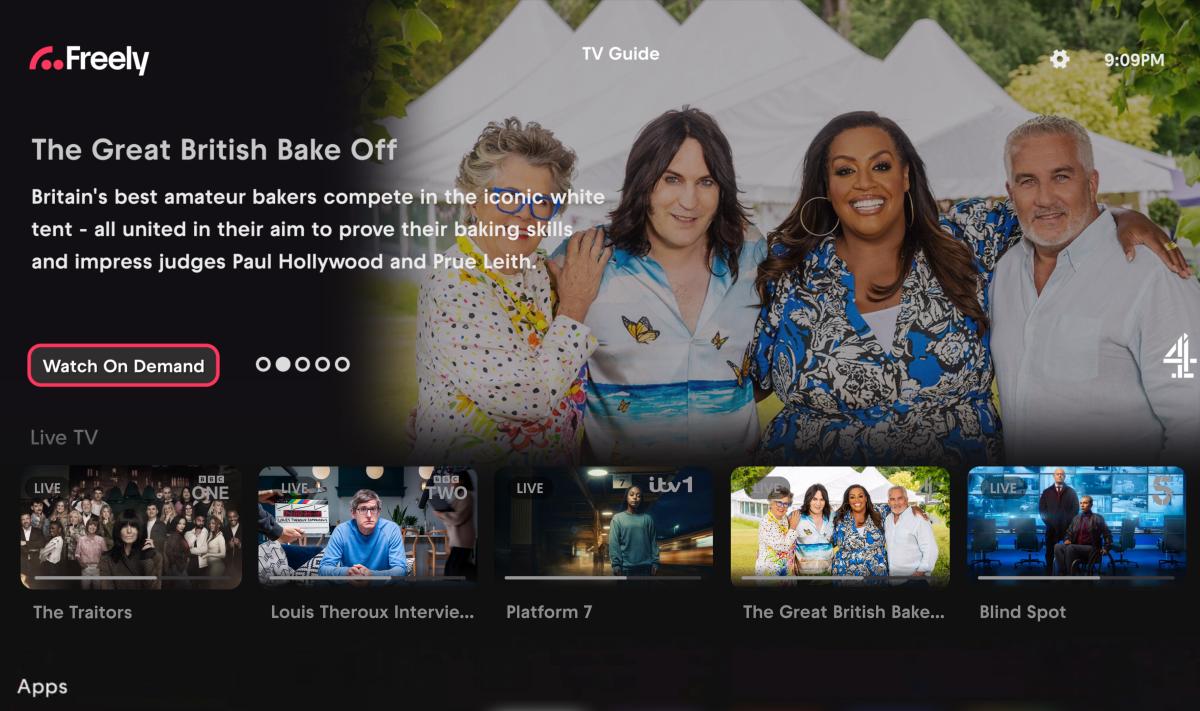For all the bells and whistles available with CTV advertising, for some buyers it’s still missing key features which they’re used to with traditional linear TV buyers.
On linear TV, buyers usually know exactly what they’re getting (at least in terms of the content they’re advertising next to). They can buy specific shows at specific times, and even tune in themselves to watch their ad play. Connected TV is a very different beast. The prevalence of on-demand viewing and the role of programmatic buying make transparency harder to engineer.
But a study from advertising research business Advertiser Perceptions, commissioned by supply-side platform PubMatic, shows that increasing transparency could have a big impact in encouraging more spend into CTV.
This transparency doesn’t necessarily require a massive rethink of CTV trading, but rather simply passing more information from sellers to buyers. Specifically buyers say that the ‘Content Object’ signal, outlined in the IAB’s OpenRTB specification, would be very valuable in increasing transparency, in turn driving more CTV spend.
The Content Object signal essentially describes the content which inventory appears alongside. It can include quite a lot of data, from a basic content ID number, episode number, and series title , to information on user ratings, parental guidelines, ad the producers of the content themselves.
Content Object signals are useful in digital video, though they’re not seen as quite so vital – often buyers are primarily interested in the publisher and contextual categories relating to the content, rather than the specific piece of video content itself. But in the CTV world where buyers are interested in particular shows, they’re much more important.
Advertiser Perceptions’ research found that 82 percent of UK brands, and 62 percent of US brands, would increase their spend with partners which provide data such as Content Object signals. Meanwhile 78 percent of UK advertisers and two-thirds of US advertisers said the presence of Content Object signals would make them more willing to shift budget from traditional linear TV to CTV.
Brands would be willing to pay more for this data, with 64 percent of UK brands and 57 percent of US brands saying they would pay a premium for the transparency which Content Object signals provide.
But at the moment, many still aren’t passing these Content Object signals through the chain. Only around six in ten advertisers in the UK, and half of advertisers in the US, say they currently use Content Object in their media buys, driven by the lack of availability.
“This study proves the critical value of transparency to increase demand for programmatic CTV. The supply chain of the future uses data to bring advertisers closer to their audiences, in turn creating more demand for publishers,” said Nicole Scaglione, VP of CTV and OTT business at PubMatic. “In particular, Content Object provides a key path for publishers to share signals that give media buyers the contextual information they need to meet campaign goals and spend more in CTV.”




